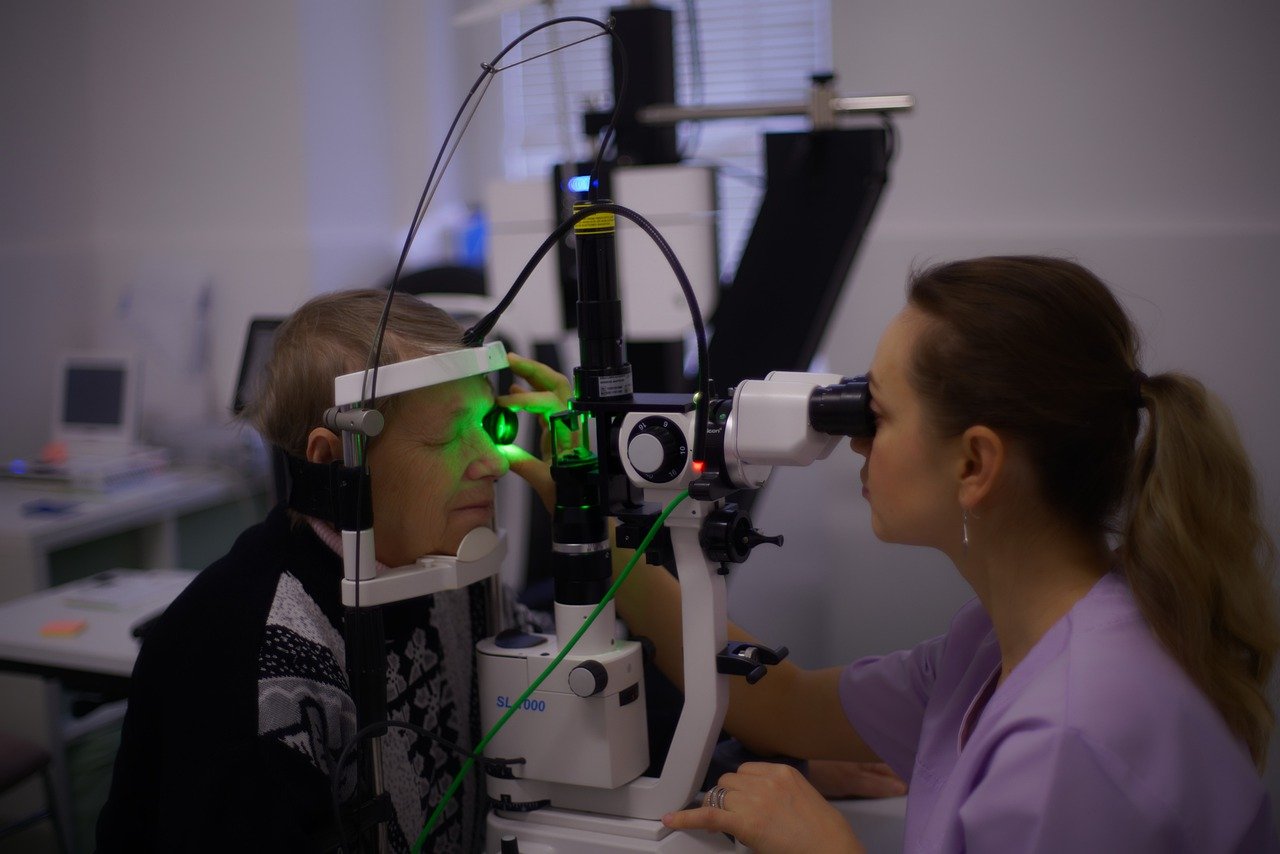The first person to get a 3D printed eye
Steve Verze, a British engineer, has become the first person to ever receive a 3D printed prosthetic eye during a clinical trial of the technology. Verze, who lost his eye at 7 years old, was fitted with his new eye at Moorfields Eye Hospital in London.
Ocular prosthetics are offered to people who have eye-related conditions such as glaucoma, or those who have lost an eye because of injury or disease.
Traditional prosthetic eyes are made from acrylic and are fitted over an ocular implant device that is embedded deep into the eye socket during surgery. Currently, patients must wait at least four to five months after surgery before the prosthesis can be fitted.
The fitting process of these acrylic eyes involves a two-hour session of moulding the eye socket; a method which sometimes requires the patient to be anaesthetised. The overall process usually takes around six weeks as the custom prosthetic is meticulously hand-painted to match the patient’s other eye.
The overall fitting can be completed within just two to three weeks
The novel 3D printing method is favourable when compared to the traditional moulding technique as it involves just a simple scan of the patient’s empty socket, making it a faster and much less invasive procedure. The eye can be printed within two and a half hours, and therefore the overall fitting can be completed within just two to three weeks.
Whilst a prosthetic eye cannot restore a patient’s vision, it does provide an alternative to wearing an eye patch or bandage, helping to ensure that the patient’s appearance is not affected.
Undergoing major surgery such as the removal of an eye and adjusting to life afterwards can be very demanding psychologically. The loss of an eye may not only affect the person’s vision but also their confidence and mental health. The look of the prosthesis can be crucial in restoring the patient’s self-esteem and improving their quality of life.
Verze, who is now in his 40s, said, “I’ve needed a prosthetic eye since I was 20, and I’ve always felt self-conscious about it.”
“The closer you get to the real thing makes me feel more and more confident” – Steve Verze
A major benefit of the new fully digital prosthetic is that it appears much more realistic than its forerunner. By also scanning the patient’s healthy eye, the 3D printed model can be compared to the real organ to ensure it is a precise match. Light can travel through the 3D printed eye, allowing it to achieve the full depth and definition that the acrylic eye’s design lacks. In addition to this, the eye movement allowed by the new design helps the prosthesis appear more natural.
“Having lived with this for such a long time, the closer you get to the real thing makes me feel more and more confident,” Verze added.
Leading the trial is Professor Mandeep Sagoo, a consultant ophthalmologist at the hospital, who believes that 3D printing could revolutionise the healthcare industry. “We hope the forthcoming clinical trial will provide us with robust evidence about the value of this new technology, showing what a difference it makes for patients. It clearly has the potential to reduce waiting lists,” Sagoo said.
Modern technology could prove valuable in providing prosthetics that have a more natural fit and appearance, making them more comfortable for the patient. Along with improving the design of these products and the speed of production, the technology is also more cost-effective, which could create savings for the NHS.
The success of this first fitting certainly encourages future possibilities of 3D printing technology in medicine. The potential applications of 3D printing are associated with the emerging concept of personalised medicine and the ability to deliver quicker, more accurate and patient-centred medical services.
The technology has also shown potential in producing replicas of patient-specific organs that allows surgeons and researchers to test and edit treatment procedures before performing them on the real patient. This could greatly improve the efficacy of medical treatments. Additionally, surgical instruments could be produced with greater precision.
The project will enter its next stage with a clinical trial to assess the functioning of the 3D printed eyes in comparison with the traditional acrylic prosthetics. There is hope that the time required for production could be reduced even further.


Comments